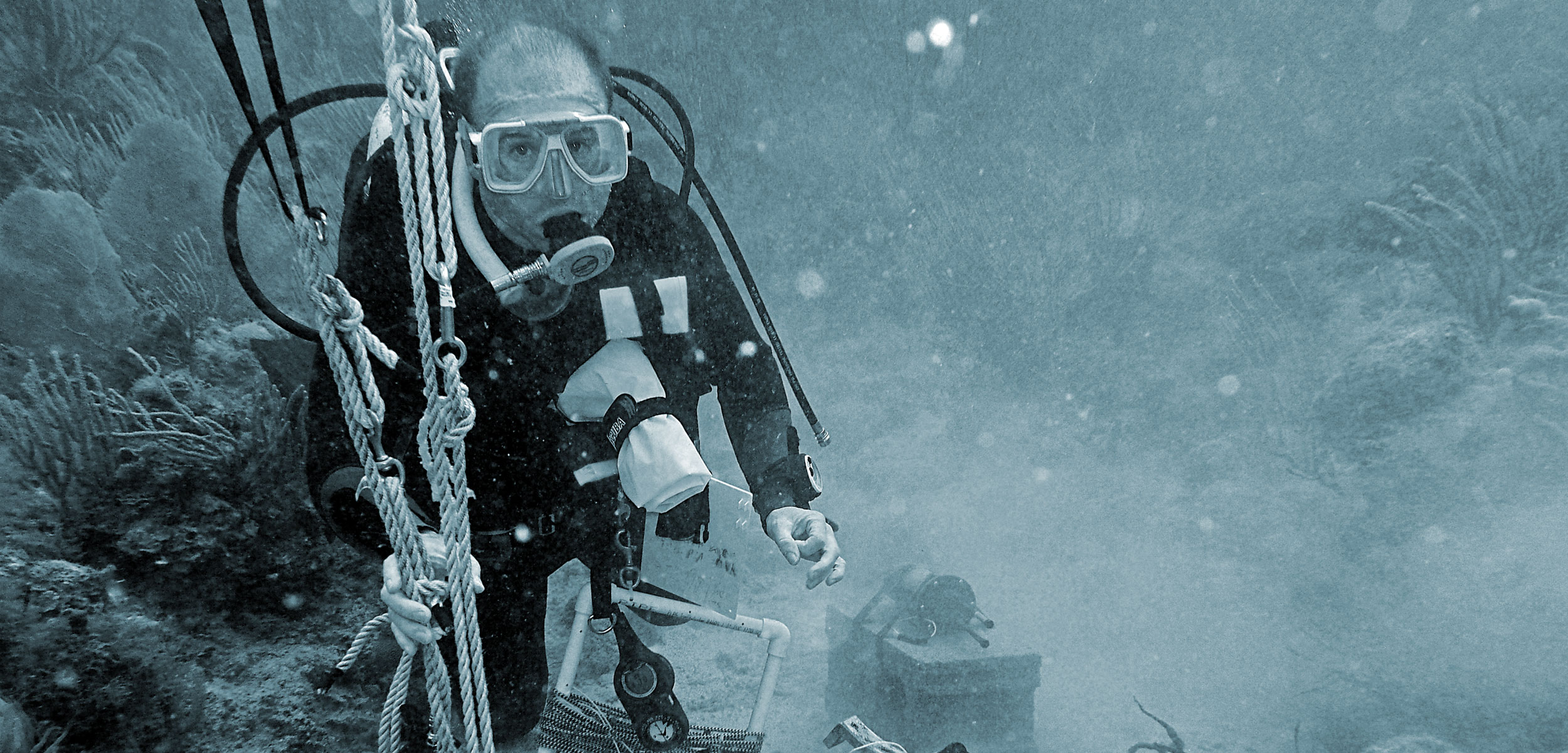Coastal Job: Marine Animal Hearing Specialist
The ocean is getting louder, and Aran Mooney is studying how all this sound affects species that spend time underwater.
Article body copy
Some people work in cubicles, others work in kitchens, but the most intriguing workplace of all may be the coast. Meet the people who head to the ocean instead of the office in our Coastal Jobs series.
Aran Mooney, a biologist at the Woods Hole Oceanographic Institution in Cape Cod, Massachusetts, seeks to illuminate something little understood by science: how marine animals hear in the wild.
Many underwater animals navigate their world through hearing. Though humans experience significant hearing loss underwater, sound actually travels very efficiently down there, and lots of animals have adapted accordingly.
Humans use the ocean a lot, often noisily: resource extraction, shipping, ferry traffic, sonar. Noise can cause animals to move out of an ideal foraging area or induce stress, which can change their body chemistry or make them more susceptible to disease. A study on North Atlantic right whales found that immediately after 9/11, when there was essentially no shipping traffic, the whales’ stress levels dropped remarkably. The noise doesn’t have to be deafening—just a little disturbance can throw off an animal’s normal lifestyle.
We know a fair amount about the hearing abilities of a few species, mostly captive ones like dolphins and goldfish. What I’m trying to do is get the hearing sensitivity of an array of animals in the wild. So far, I’ve studied polar bears, sea turtles, dolphins, and squid, and I’m currently looking at Icelandic puffins and Danish common murres.
A few years ago, my colleagues and I studied beluga whales in Bristol Bay, Alaska. We wanted to know how much variability in hearing there was between individuals. How does hearing change with age? Is there a difference between sexes? Basic questions. After Native Alaskans helped us temporarily capture the whales using a seine net in shallow water, I put suction cup sensors on their heads, played low level sounds at different frequencies, and measured their brain responses. The tests told us that they can hear very well. There were some differences between males and females (unlike people), and even the older animals seemed to hear well, showing how important it is for these animals to have good hearing.
One of the main challenges of this work is bringing these advanced neurophysiological lab techniques into the field. In Alaska, we were on an inflatable boat. Sometimes a splashing whale would send waves over the boat. Our equipment had to be ruggedized.
But some things can only be learned in the field. I remember one trip, in 2004, which redefined our understanding of Risso’s dolphins’ hearing. Some had been stranded in Portugal, and people thought navy sonar was responsible. We were asked to come and measure their hearing. Before, people thought they couldn’t hear high frequencies. But a young infant we measured heard much higher frequencies than the adults. It showed that dolphins have age-related hearing loss, which was previously unknown. This was important and surprising because marine mammals are so dependent on sound through whistle and echolocation, so hearing loss seems like a potentially huge deficit.
Going forward, I’m interested in exploring animals that we don’t know about, especially foundational species like invertebrates. We’re starting to look at coral, and our first trial suggests they do hear. We’re seeing if construction causes them to withdraw their polyps and what that means for feeding and respiration. If they’re responding, that’s a big deal. They provide habitat for many other animals, and if we disrupt that foundation, the whole ecosystem becomes less stable.

